Welcome to the Sidney, Montana Picture Tour
August is County Fair time in Montana. We came to Sidney to see one of the best little fairs in Montana, “The Richland County Fair and Rodeo” held the first week of August. Before we visit the fair, let’s take a look at the town’s history and then walk down Sidney’s Central Avenue. There were three things that helped Sidney to be established – irrigation, the railroad and being chosen to be the Richland County seat.
Irrigation Changed Everything
Work on the Lower Yellowstone River Irrigation Project began in June, 1905. The project was built by the federal government and repaid by a farmer-operated irrigation district. Completed in 1909, the irrigation project, which cost about $5 million to build, has been a major economic force in the area, yielding about $35 million a year in crops such as sugar beets, wheat, barley and alfalfa.
Here Comes The Train And Town Incorporation
Another major boost to Sidney early on was the Northern Pacific building an extension from Glendive, Montana to Sidney. The first train arrived June 6, 1912. Sidney, Montana’s population of 350 people voted to be incorporated on April 21, 1911.
Richland County Seat
At the close of 1910, there were 29 counties in Montana. By 1925, the number Montana counties had jumped to it’s current number of 56. The sprawling 32,000 square miles of the original Dawson County was divided to form Valley County in 1893, Richland County and part of Wibaux County in 1914, part of Prairie County in 1915, and Garfield County and part of McCone County in 1919. After a hard fought lobbying campaign against the competing towns of Savage, Lambert, Fairview and Enid. Voters approved the creation of Richland County and Sidney as its seat of government in the election of May 16, 1914.
Black Gold
Interest in oil in the area took off in the 1950s. The development of the Williston Basin – an oilfield underlying Eastern Montana, western North Dakota and southern Saskatchewan – created a boom in Sidney in the late 1970s and early 1980s. Followed by the second boom of 2006-2015.



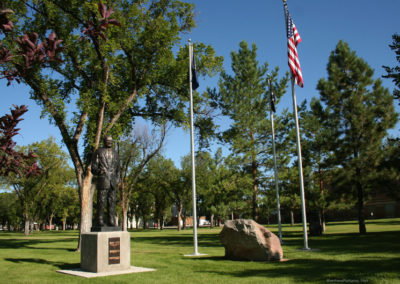

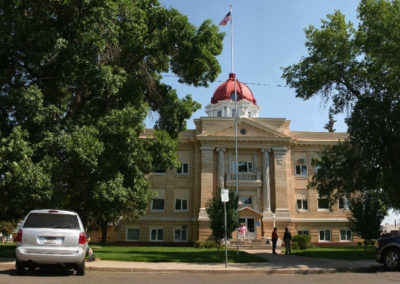
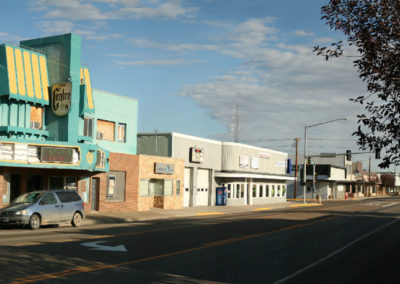
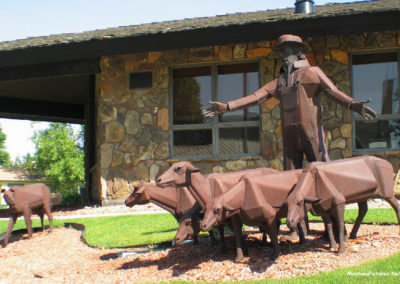

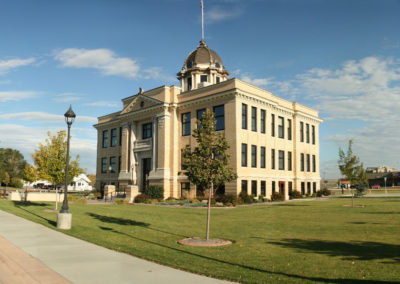
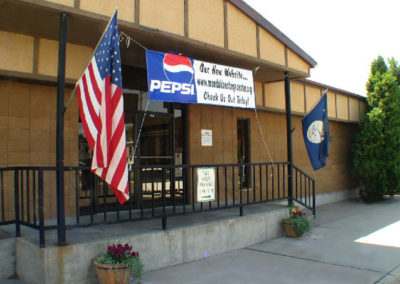
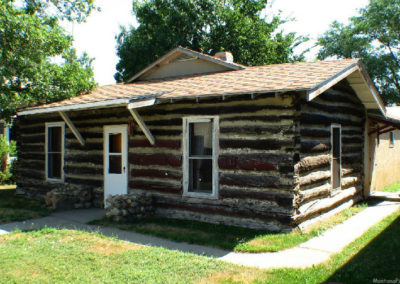

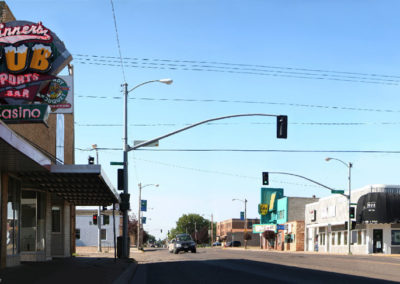
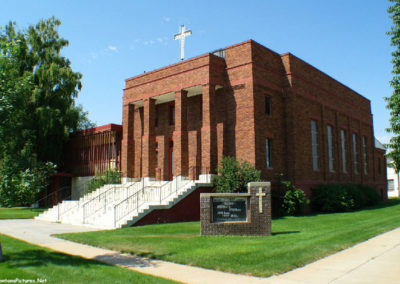
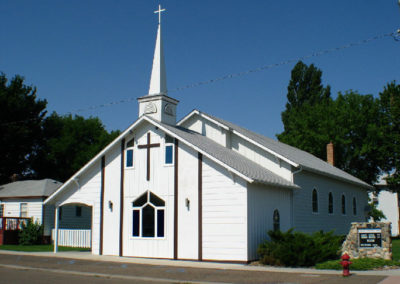
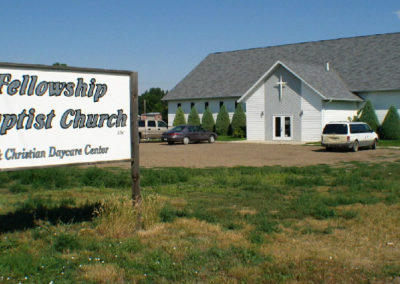
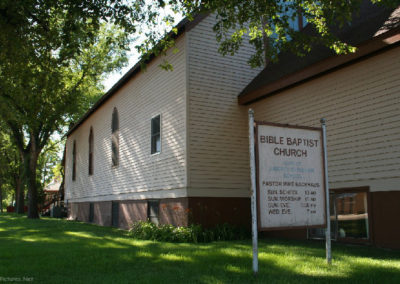

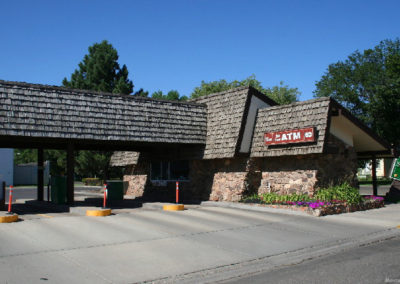
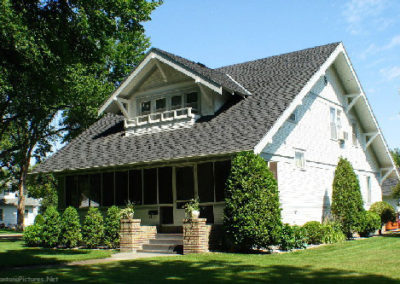



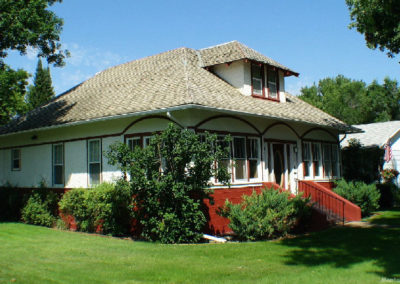
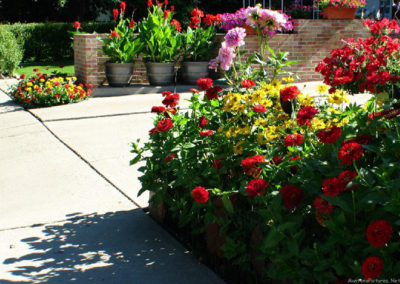


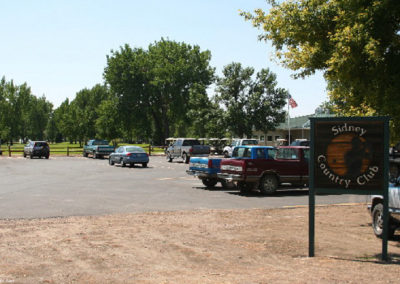
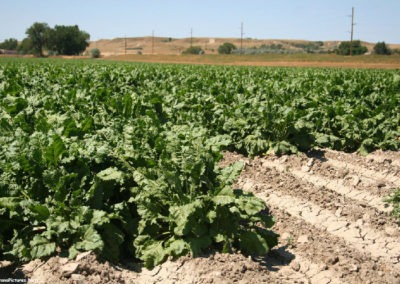
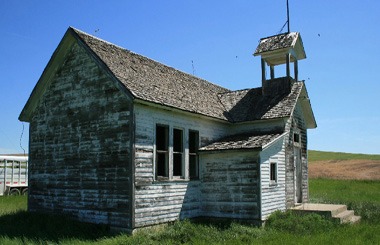
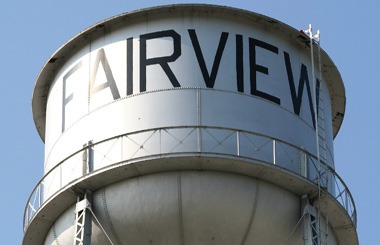
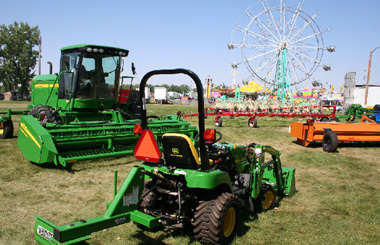
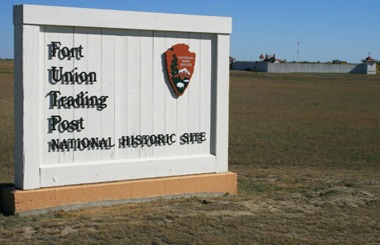
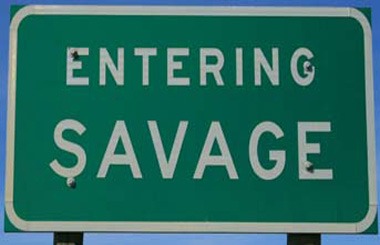
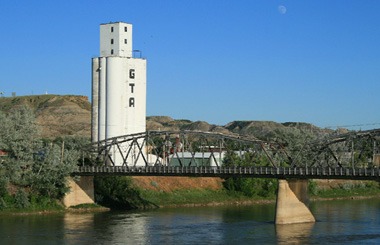
Recent Comments